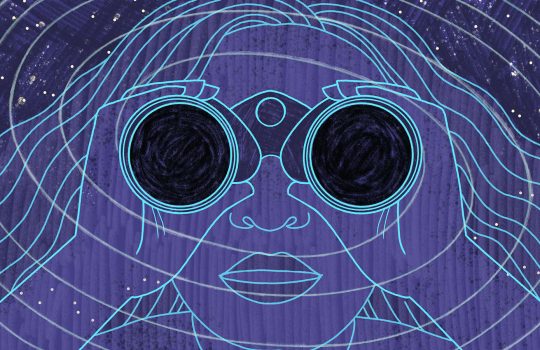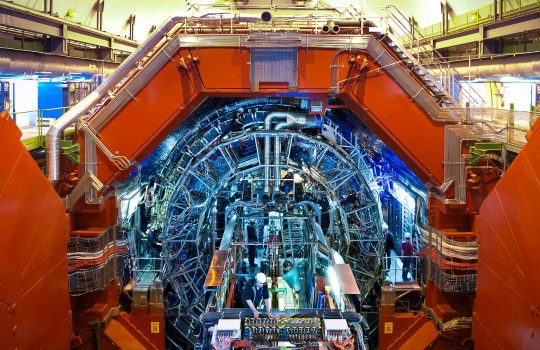LHCb finds more matter-antimatter weirdness in B mesons
Matter and antimatter particles can behave differently, but where these differences show up is still a puzzle. Scientists on the LHCb experiment at the Large Hadron Collider study much more subtle differences between matter particles and their antimatter equivalents. A recent analysis allowed them to revisit an old mystery — an asymmetry between asymmetries.



